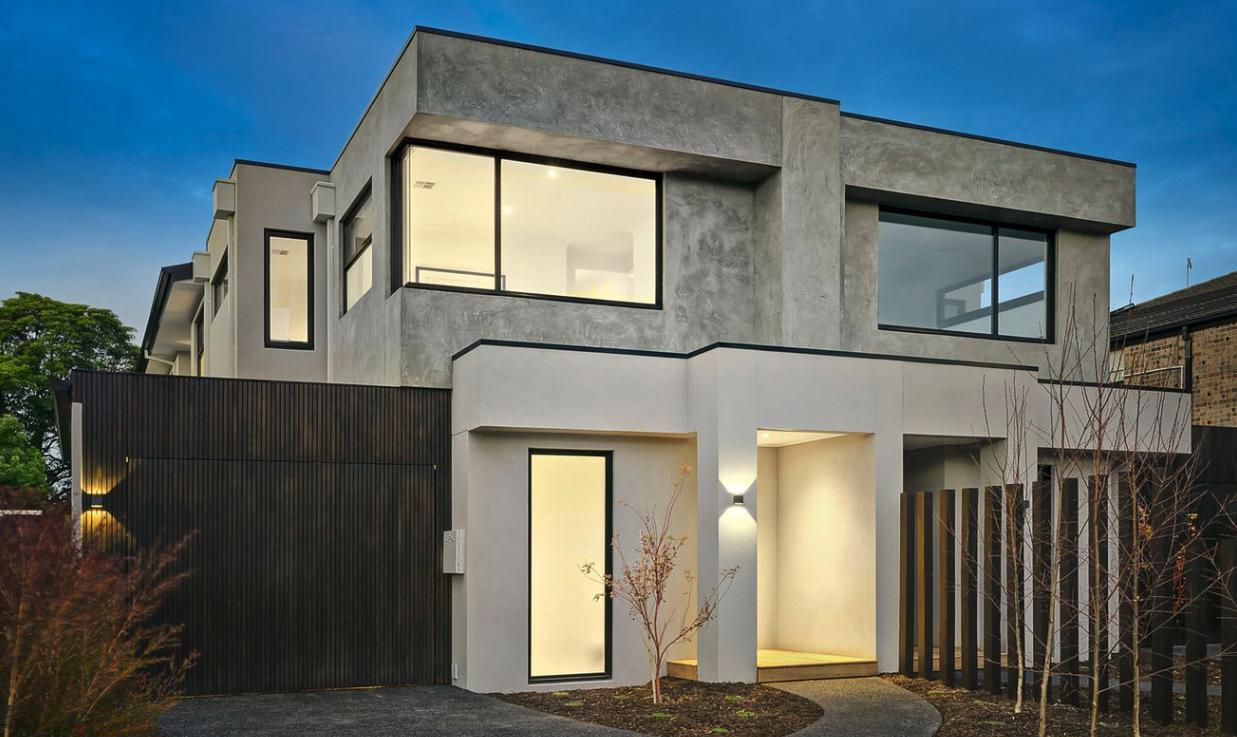Is the Housing Market in a New Upward Trend?
- Written by NewsServices.com
The housing market in the United States has been on fire, with prices and sales surging due to low mortgage rates and scares existing homes. Material prices used to build homes, such as copper and wood, have rallied sharply as the demand for homes increases. Higher material costs have made it difficult to build new homes. During the pandemic, which started in the United States in March of 2020, a shift in home demand generated a surge in need for homes outside cities. As people migrated out of the cities into the suburbs and rural areas, they scooped up houses as they left apartment dwellings. Before the pandemic, the housing market was tight as robust economic growth, a strong job market, and low interest rates made housing affordable. While sales have started to decline due to the lack of inventory, prices continue to rise. This scenario could increase new homes built as construction ramps up to fill the void created by the strong demand for housing.

New Home Sales Dip as Materials Remain Scarce
One of the issues facing the housing market in the U.S. is that material prices impact builder's ability to make more affordable homes. According to the U.S. Commerce Department, New home sales fell in April by nearly 6%. The Commerce Department also revised the March figure for new home sales down to 917,000. Despite the downward revision, recent home sales were still shown to be up 48%.
The decline in new home sales in April was broad-based. Sales rates decreased in nearly every part of the United States. However, the largest sales decline occurred in the Northeast, with a nearly 14% drop. One of the biggest issues is that the inventory of new homes for sale at the end of April was March. It equated to a 3.8-month supply, down from a 4.6-month supply the month before.
Existing Home Sales Drop
Existing home sales matched the drop in new home sales. According to the National Association of Realtors, sales of existing homes dropped 2.7% in April to a rate of 5.85 million units. It was the third straight month of declines. Sales were 33.9% higher than April 2020, but that comparison was skewed because there was little activity in April 2020 due to the pandemic. The inventory of existing homes for sale at the end of April was down 20%. There were 1.16 million homes for sale, representing a 2.4-month supply at the current sales pace. The combination of low inventories and low mortgage rates help buoy the median price of an existing home to $341,600 in April, increasing 19.1% from April 2020. That is the highest median price on record. Robust demand was reflected by all-cash share of sales which rose to 25% from 13% one year ago.
Mortgage Rates Drove Deals
One of the critical drivers of the price of homes is low mortgage rates. As the pandemic took hold in 2020, the Federal Reserve cut interest rates to zero and initiated a bond purchase program of 120-billion in Treasury securities per month. This process has weighed on mortgage rates making purchasing a home with a mortgage desirable. The affordability of homes with ultra-low mortgage rates has increased competition for homes driving home prices higher. However, much of that large increase in the median price is due to the mix of selling homes. There is far more activity on the higher end of the market, where supply is plentiful, and very little activity on the low end, where the shortage is most severe.
Material Prices Surge
The higher cost of materials such as copper and lumber has reduced the margins builders can make. Builders have not been increasing production as they are hampered by rising costs for land and material and employees. The cost of labor has also increased in the wake of the pandemic as low rates drive growth and reduce the number of available construction workers. For example, copper prices have increased 75% year over year. Copper is used for piping as well as an electrical conductor. Lumber prices are down 40% since hitting a high in May. Despite the recent drop, prices are up more than 250% year over year.
The Bottom Line
The housing market is in a secular uptrend in the U.S. and is likely to continue as people move away from cities in the wake of the pandemic. In the U.S., the bull market in share trading is expected to continue along with the housing market until the Federal Reserve begins to unwind its bond purchase program and signals to the market that interest rates might begin to rise. Low mortgage rates will likely continue to trend higher but still remain attractive. On the other hand, suppose the Federal Reserve continues to let inflation run hotter than normal. In that case, there is likely to be a further reduction in home sales as housing prices move higher, reflecting higher building costs and low inventories.











